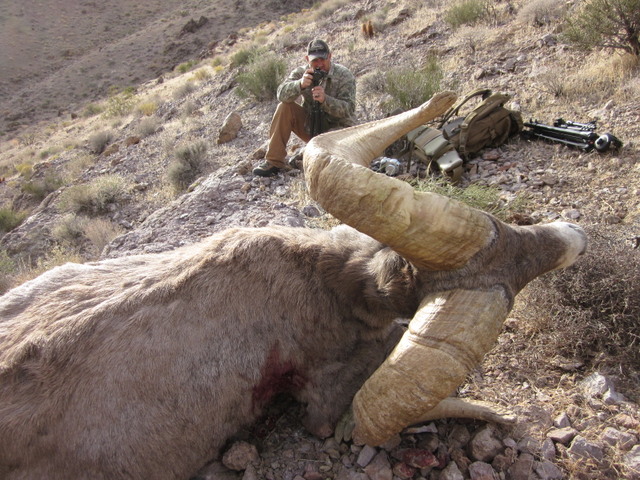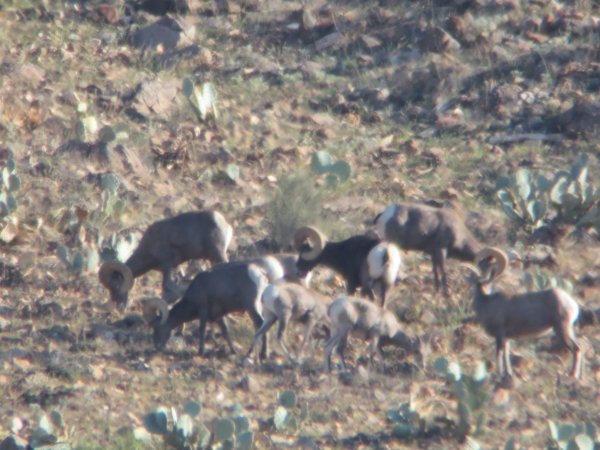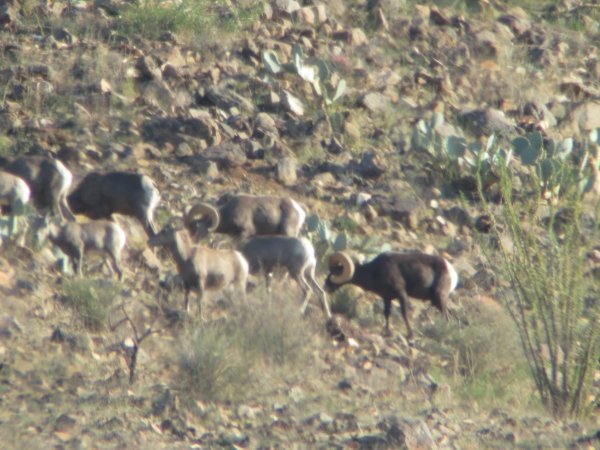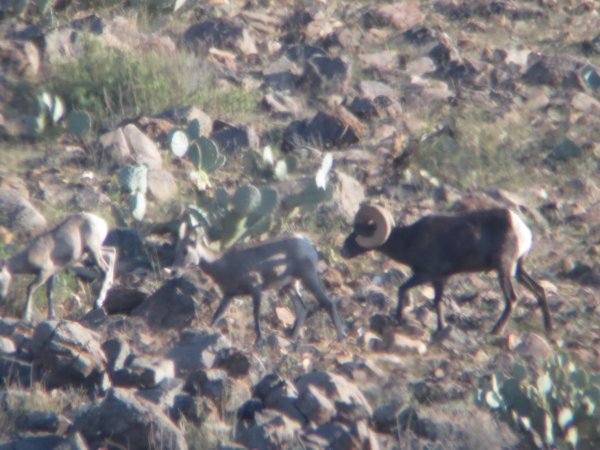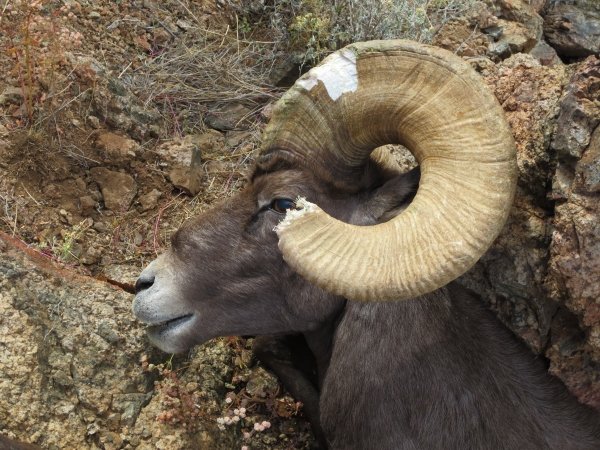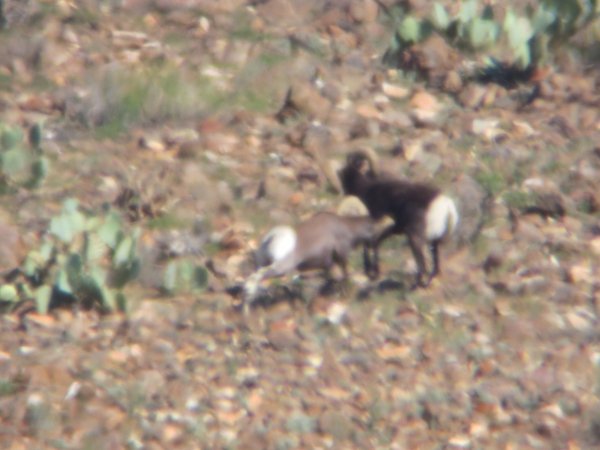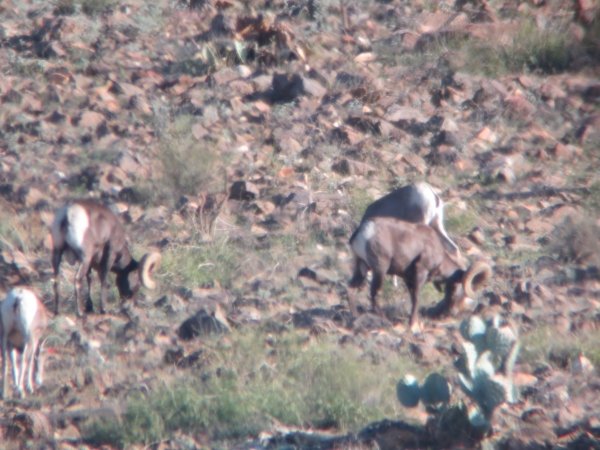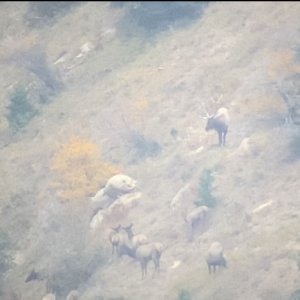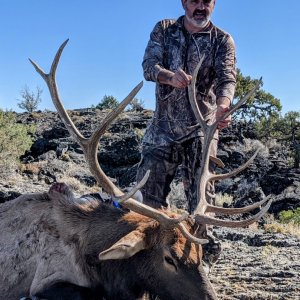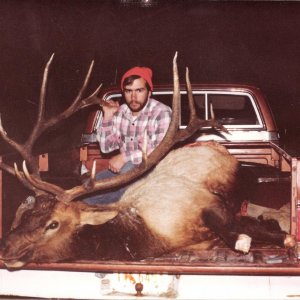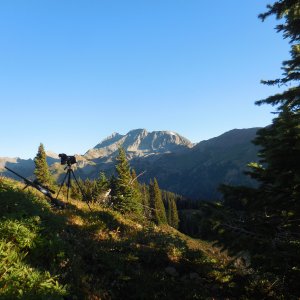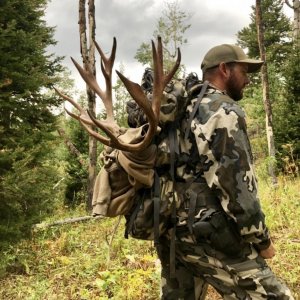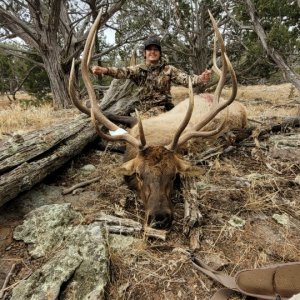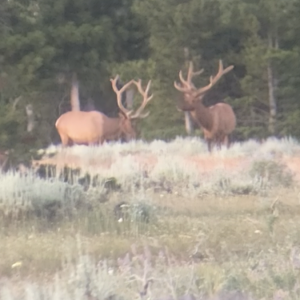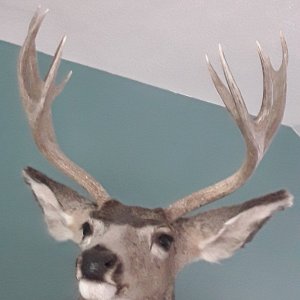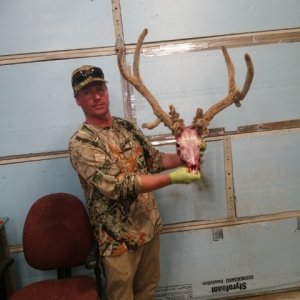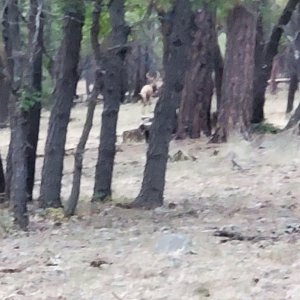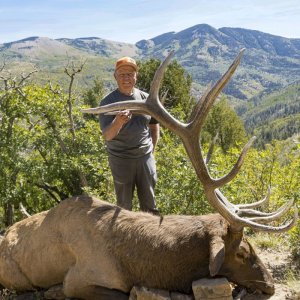LAST EDITED ON Mar-01-14 AT 11:00PM (MST)[p]Very interesting speculations Uphill...I agree that the bighorn represent a much earlier colonization by wild sheep of this continent, and that there might be some subsequent intergrade between them and the Dall's that have resulted in the Stone's...geographically it certainly makes sense. The so called Fannin makes a strong case for such an idea, further north between the the primary ranges of the white and black "thinhorns"...Also, it is very probable that there was some 'retracing of steps' made by the NA colonists back across Beringea that have influenced at least some of the Snow's of extreme North Eastern Asia (consider the pelage of the Kamchatka sheep in favorable comparison to our own bighorn, headgear notwithstanding)
That opined, I do not agree that primary brooming is attained through general feeding...no, not at all...maybe a bit of "polishing" of the broom, yes (such as breaking open barrels, or using a horn's terminus to probe a mineral lick, etc). I've yet to witness a mature ram of whatever horn conformation that had to fight with his own horns to get a bite to eat, rocks or no rocks

Also strongly disagree with the idea that wider, "flaring" horns are more susceptible to breakage/brooming...my observations reflect exactly the opposite in fact. I think that the wider set a rams horns are, the less likely the chance of destructive contact between the tips during clashes...the closer the curl, the greater the potential for damage from such contact under impact
I do agree that that the idea of rams brooming down their horns as an anti predation measure is an old myth...I just can't give the sheep (however savvy otherwise) that much cognizant credit

Will dig around and post up some photos tomorrow when I have a bit more time
Anyway, like I said, always an interesting subject!
Cheers
Adam
**edited for typos

